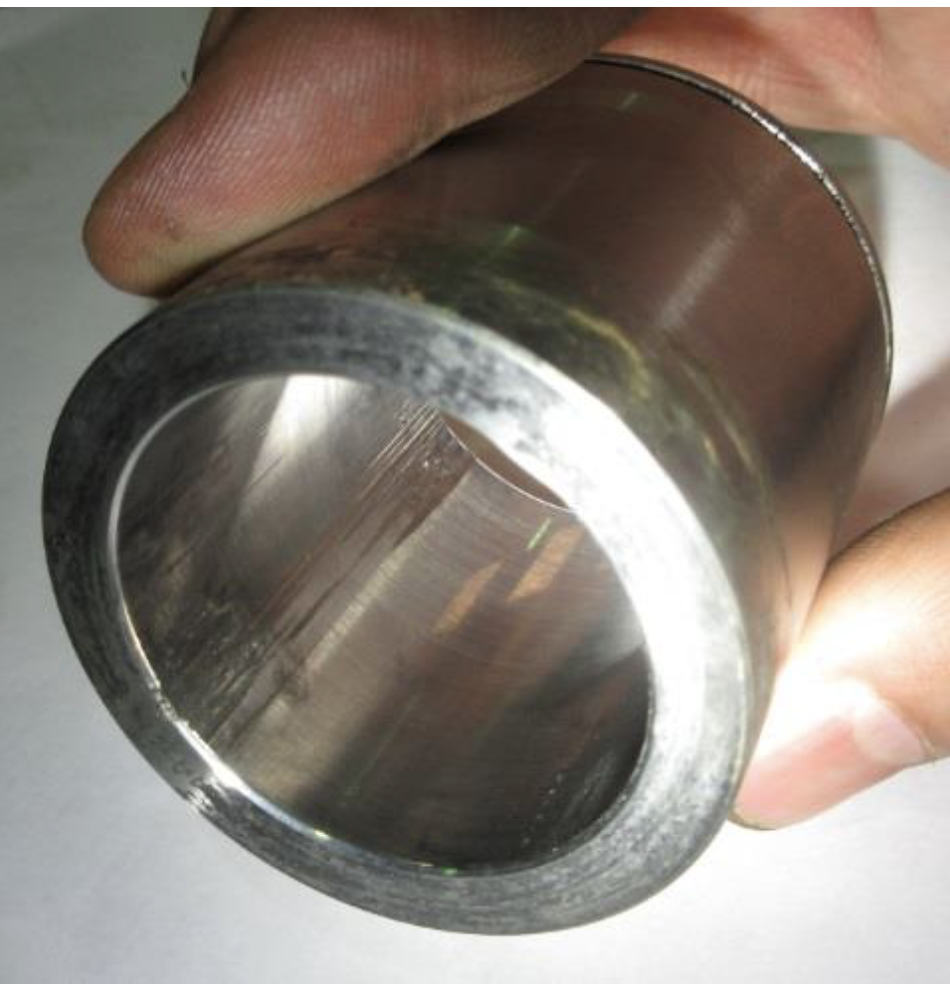
Cause & Consequence
- Uncontrolled release of a flammable gas or liquid
Contributing Factor
- Control of work
Description of Process
The release was from the stem gland of the HP compressor recycle valve. This valve is located on a 6” line downstream of the HP gas compressor and has an operating pressure of 138barg.
Description of Incident
During normal platform operations, there was a gas release from the stem gland of a compressor recycle control valve. The resulting gas cloud led to the activation of module fixed gas detection, with two detectors in low alarm, and one in high. This level of detection activates local module alarms, however a shutdown is only initiated with two detectors at high alarm level.
The compressor was manually shutdown and de-pressured, limiting the duration of the release to 8 minutes. The calculated release quantity is 1.8kg.
The valve had been in service less than one month and during that time the gland follower had been tightened twice. The valve is located in an enclosed module. No detrimental activities had taken place during that time, such as grit blasting.
The valve stem and the gland follower (photo above) were found to have been damaged. Packing damage and ejection was noted at the time of the release.
The valve stem surface was scored/galled longitudinally in an area consistent with gland follower contact. The follower was also found to have to have deep scoring. As the valve moved through its stroke this area of roughness contacts the packing resulting in packing damage and opening a gas path resulting in leakage. The cause of the failure was found to be from the misalignment of the gland flange, verified by a series of tests.
It was concluded that the gland nut was adjusted unevenly resulting in misalignment. The current gland area design has little tolerance for gland follower misalignment and does not have any means of visually identifying lack or uneven pre-load on the gland follower.
Good Practice Guidance
Root causes of gland follower not tightened evenly:
- This is a manual task, completed without reference to manufacturer guidance or local procedure
- Gland follower position tolerance was not known, and was lower than new valves due to the follower design
- Personnel competence to perform this task was based on trade skills, rather than specific valve packing adjustment training
Rate this alert
Average Rating
Latest Alerts & Moments
Our searchable catalogue of hundreds of Safety Alerts and Safety Moments are all designed as learning resources that can help improve workplace safety.